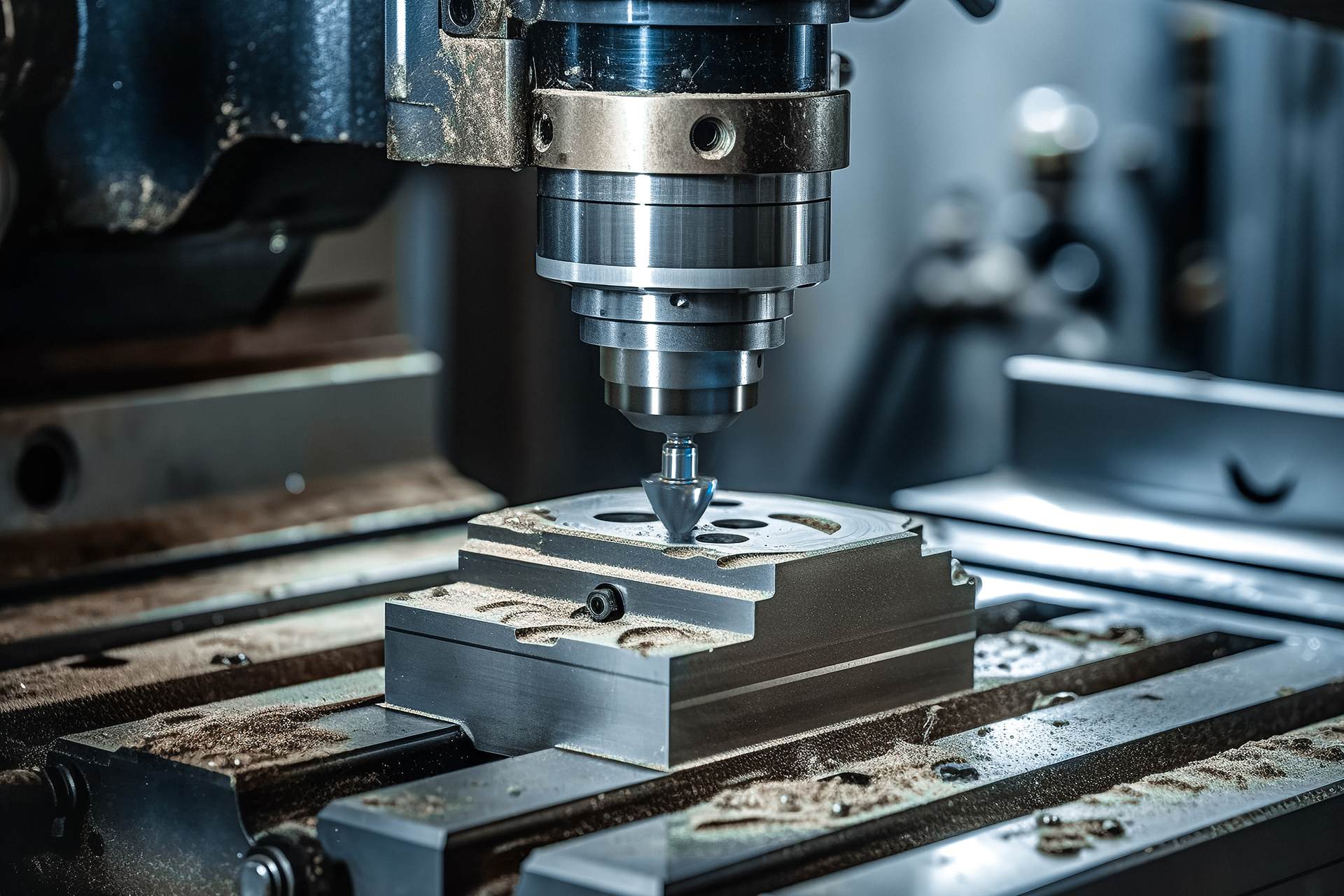Mechanical Processing
Mechanical processing can be categorized into cutting and non-cutting processes. Below, we provide a detailed explanation of these two categories:
Cutting Processes
Cutting Processes are a traditional type of mechanical processing. The working principle involves moving the workpiece to a position relative to the tool, allowing the tool to perform cutting or drilling operations to adjust the workpiece to the desired dimensions and shapes. Based on different cutting methods, these processes can be further categorized into five types: turning, milling, planing, grinding, and drilling.
Non-Cutting Processes
Mechanical processing methods other than cutting are classified under non-cutting processes. These include casting, plastic processing, electroforming, and powder metallurgy, which can change the shape of the workpiece. Surface finishing techniques such as plating, polishing, and grinding are also part of this category. Additionally, joining methods like welding and riveting, as well as processes that alter material properties such as cold working, hot working, heat treatment, and shot peening, fall under non-cutting processes.
Machining Methods
According to the above explanation, the cutting machining methods include turning, milling, planing, grinding, and drilling, totaling five types.
Here is an introduction to various machining methods:
Turning
Turning is a common machining method where a cutting tool is fixed while cutting the workpiece, which rotates rapidly. To ensure more precise and uniform cutting, workpieces in turning are often cylindrical. Additionally, turning machines are categorized based on their design features into five types: horizontal, vertical, bench, hexagonal, and CNC.
Milling Machine Processing
Milling is a machining method opposite to turning. It involves using a rapidly rotating milling cutter to cut a stationary workpiece. During the process, the tool intermittently contacts and cuts the fixed workpiece, allowing for surface machining to create flat or curved surfaces, as well as performing drilling, slotting, and other operations. Additionally, the precision and efficiency of milling are influenced by factors such as the number of cutting edges, the type of cutter, and the milling direction. To improve the machining precision, a multi-edge end mill can be used along with conventional milling techniques.
Planing
Planing is an interesting machining method where the tool moves back and forth in a straight line to perform cutting operations on the workpiece. Although planing has relatively lower processing efficiency and production rates compared to turning and milling, it offers higher precision and smoother tool surface quality, making it more refined and stable in terms of finish.
Grinding Processing
In mechanical processing, grinding is a more precise cutting method. It operates by utilizing a rapidly rotating grinding wheel and abrasives to perform cutting, engraving, and rubbing actions on the workpiece. Grinding relies heavily on the sharpness of the abrasives, but over time, the abrasives can become dull, leading to a gradual decrease in cutting precision. Therefore, regular adjustment of the grinding wheel is necessary. Additionally, because grinding generates flying debris due to the high rotational speed of the wheel, wearing safety goggles is essential to ensure safety during operation.
Drilling Processing
Drilling is a machining process that involves rotating a drill bit to create holes in a workpiece. It is commonly performed on drilling machines, milling machines, and lathes. The main operations include drilling holes, enlarging holes, and tapping threads. While drilling typically has a higher metal removal rate, it can face challenges such as high cutting temperatures due to the limited size of the chip removal channels in the drill bit. Additionally, there is often insufficient space between the drill bit and the workpiece for chip removal, leading to problems like excessive cutting temperatures and potential damage to the hole walls from chip friction.



